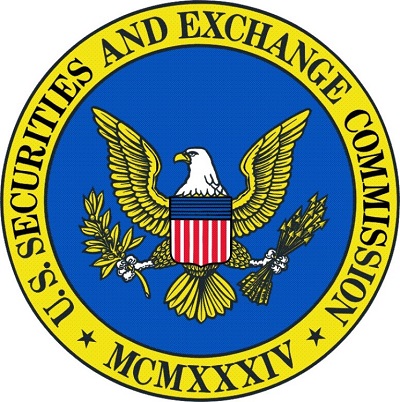SEC Climate-Related Disclosures for Investors

The United States Securities and Exchange Commission (SEC) has published a proposed rule to do with climate change. Its title is ‘The Enhancement and Standardization of Climate-Related Disclosures for Investors’.
The text and video summarize the press release to do with the rule. The SEC’s role is limited to the provision of accurate and timely information. The SEC is not a climate enforcement agency.
The proposed rule is lengthy (490 pages). This video is the first in a series that summarizes the rule nd that describes how companies can meet its requirements. Assuming that the rule does move forward in something close to its present form then it will have the following impacts.
-
Time is pressing. Depending on their size, and on the status of their current climate-reporting programs, companies have two or three years to respond to the rule’s requirements.
-
Consistent and uniform reporting will be very hard to achieve. In particular, Scope 3 reporting is likely to be inconsistent from one company to another.
-
Climate-related risk is difficult to define — not least because climate science is far from being an exact science, and also because the climate is part of broader systems such as fossil fuel depletion and destruction of the biosphere.
The following is from the first paragraph of the press release.
The Securities and Exchange Commission today proposed rule changes that would require registrants to include certain climate-related disclosures in their registration statements and periodic reports, including information about climate-related risks that are reasonably likely to have a material impact on their business, results of operations, or financial condition, and certain climate-related financial statement metrics in a note to their audited financial statements. The required information about climate-related risks also would include disclosure of a registrant’s greenhouse gas emissions, which have become a commonly used metric to assess a registrant’s exposure to such risks.
The following comments apply to the above paragraph.
-
The word “required” means that this proposal would have the force of law. This is important because most organizations, in spite of their best intentions, tend to avoid the expense and effort involved with creating and managing a climate-reporting program.
-
The word “material” is important and potentially confusing.
-
“Climate-related” risks can take various forms. Some companies are impacted negatively by climate change. For example, companies located in the American southwest that use large amounts of water are likely to face financial problems caused by the current drought.
-
On the other hand, other companies can benefit from their climate-related actions, say by making “greener” products, thereby boosting their income or reducing expenditures.
-
Climate-related risk can be associated either with a company’s internal operations, or with the climate impact of its products once they are in the hands of their customers. Analyses of these risks are complex and are liable to inconsistency between companies. None of this is easy. Subsequent videos in this series will analyze the SEC’s proposed climate rule in greater detail.
Other posts to do with the SEC proposed rule to do with climate change include the following:
